Home>Garden Essentials>Why Remove Seeds From Peppers
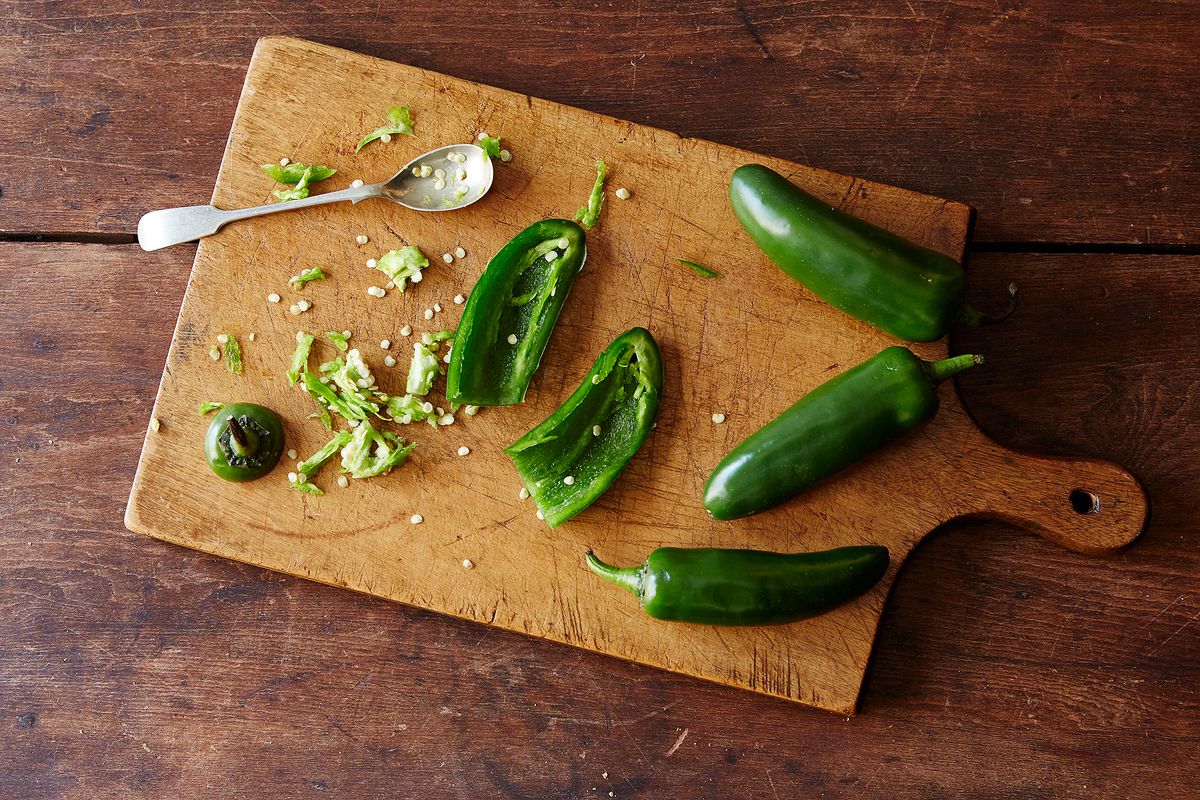

Garden Essentials
Why Remove Seeds From Peppers
Modified: March 16, 2024
Discover the importance of removing seeds from peppers in your garden for optimal growth and flavor. Get expert tips on how and when to remove pepper seeds.
(Many of the links in this article redirect to a specific reviewed product. Your purchase of these products through affiliate links helps to generate commission for Storables.com, at no extra cost. Learn more)
Introduction
Peppers are a versatile and popular ingredient in many delicious dishes. Whether you’re cooking up a spicy salsa, a flavorful curry, or a zesty stir-fry, peppers add a burst of flavor and a vibrant touch to any recipe. However, when it comes to using peppers in cooking, one commonly debated topic is whether or not to remove the seeds.
The seeds of a pepper are found in the central core, surrounded by the fleshy walls of the pepper. Some people may choose to leave the seeds intact, while others prefer to remove them. There are several reasons why one might want to remove the seeds from peppers, and in this article, we will explore these reasons and provide you with methods for seed removal.
Removing seeds from peppers is not just a matter of personal preference; it can significantly impact the flavor, heat level, texture, and presentation of your dish. Whether you’re aiming for a milder spice level, a smoother consistency, or a visually appealing presentation, removing the seeds can make a world of difference. So, let’s delve into the reasons why you may want to remove the seeds from peppers and discover the various methods to do so effectively.
Key Takeaways:
- Removing pepper seeds reduces spiciness, improves texture, enhances flavor, and creates visually appealing dishes. Methods include cutting and scooping, washing and rinsing, and using a seed removal tool.
- When handling spicy peppers, wear gloves, use a cutting board with a groove, and save seeds for future use. Experiment with different seed removal techniques to find the best method for you.
Read more: How To Grow Peppers From Seed
Reasons to Remove Seeds from Peppers
There are several compelling reasons why you might consider removing the seeds from peppers before using them in your recipes. Let’s explore these reasons in detail:
- Reducing Heat and Spiciness: The heat in peppers comes from a compound called capsaicin, which is concentrated in the seeds and the pith. By removing the seeds, you can significantly reduce the spiciness of the pepper, making it milder and more palatable for those who prefer less heat in their dishes.
- Improving Texture and Consistency: The fibrous nature of pepper seeds can add an unwanted texture to your dish, especially when using them in sauces, soups, or purees. By removing the seeds, you can achieve a smoother and more refined consistency, enhancing the overall dining experience.
- Enhancing Flavor: While the seeds themselves don’t contribute much flavor, they can become bitter when cooked. By removing the seeds, you ensure that your dish maintains a pure and delicious pepper flavor without any unwanted bitterness.
- Aesthetically Pleasing Presentation: If you’re preparing a dish that requires visually appealing presentation, such as stuffed peppers or sliced peppers as a garnish, removing the seeds can make a significant difference. The clean and seedless cavity of the pepper allows for a more attractive display, enhancing the overall visual appeal of your dish.
While there may be instances where you want to leave the seeds intact, such as when you desire intense heat or a more rustic texture, removing the seeds from peppers is a common practice that can offer numerous benefits. It allows you to have better control over the heat and spiciness of your dish, improve its texture and consistency, enhance the natural flavor, and create a visually appealing presentation.
Reducing Heat and Spiciness
One of the main reasons why people choose to remove the seeds from peppers is to reduce the heat and spiciness level. The seeds of a pepper contain a significant amount of capsaicin, the compound responsible for the spicy sensation. By removing the seeds, you can tone down the heat and make the pepper milder and more tolerable for those who are sensitive to spice.
Capsaicin is most concentrated in the pith or the white membrane that surrounds the seeds. However, since the seeds are in close contact with the pith, they can also acquire some level of spiciness. Removing the seeds helps to eliminate a substantial portion of the capsaicin content, resulting in a less fiery taste.
This is particularly useful when preparing dishes that require a milder flavor profile. For example, if you’re making a salsa or a sauce that needs a hint of spiciness without overpowering the other flavors, removing the seeds can strike the perfect balance. It allows you to enjoy the essence of the pepper without overwhelming your taste buds or causing discomfort.
It’s important to note that the level of heat in different pepper varieties can vary significantly. Some peppers, like jalapenos or serranos, are known to be hotter, while others, like bell peppers, are relatively mild. Understanding the heat level of the pepper you’re using and adjusting seed removal accordingly can help you achieve the desired taste.
Additionally, if you have a recipe that calls for a specific level of heat, removing the seeds allows you to have more control over the spiciness. You can always add a small number of seeds back into your dish if you want to introduce some heat, or use them to garnish for those who enjoy a little extra kick.
Overall, by removing the seeds from peppers, you can modulate the level of heat and spiciness, making the pepper more accessible to a wider range of palates and ensuring a more enjoyable dining experience for everyone.
Improving Texture and Consistency
Another compelling reason to remove the seeds from peppers is to improve the texture and consistency of your dishes. The seeds of a pepper have a fibrous and somewhat gritty texture, which can be undesirable in certain preparations.
When using peppers in sauces, soups, or purees, leaving the seeds intact can affect the smoothness and mouthfeel of the final product. The fibrous nature of the seeds can create a slightly grainy texture, detracting from the overall enjoyment of the dish. By removing the seeds, you can achieve a smoother and more refined consistency, ensuring a pleasant eating experience.
Additionally, in dishes where you’re looking for a more delicate and melt-in-your-mouth texture, such as stuffed peppers or roasted pepper strips, removing the seeds helps maintain the desired tenderness. The absence of seeds allows the pepper flesh to become more tender and easier to consume, enhancing the overall gastronomic pleasure.
Moreover, when using peppers in certain cooking techniques like grilling or stir-frying, leaving the seeds intact can sometimes result in uneven cooking. The seeds can act as insulators, preventing the heat from reaching all parts of the pepper evenly. As a result, you may end up with some sections of the pepper being undercooked or overly crunchy. By removing the seeds, you ensure that the pepper cooks uniformly, providing a consistent texture throughout.
By taking the time to remove the seeds, you can achieve a smoother and more desirable texture in your dishes. Whether you’re preparing a creamy pepper sauce, a velvety soup, or a tender roasted pepper dish, removing the seeds allows you to create a harmonious and enjoyable culinary experience.
Enhancing Flavor
When it comes to cooking with peppers, flavor is of utmost importance. One may wonder how removing the seeds can actually enhance the flavor of a pepper. While the seeds themselves don’t contribute much flavor, they can have a significant impact on the overall taste of your dish.
When peppers are cooked, the seeds can release a bitter taste that can affect the overall flavor profile. This bitterness comes from the compound called capsaicin found in the seeds and the surrounding pith. By removing the seeds, you eliminate this potential source of bitterness, allowing the true flavor of the pepper to shine through.
Whether you’re using sweet bell peppers or spicy chili peppers, removing the seeds can help ensure that you’re getting the purest and most enjoyable taste. It allows the natural sweetness or spiciness of the pepper to be the focal point of the dish without any undesirable bitter undertones.
Additionally, removing the seeds can also contribute to a cleaner and more nuanced flavor profile. When using seeds in large quantities, especially in dishes like salsas or chutneys, the flavor can become overwhelming and one-dimensional. By removing the seeds, you have more control over the intensity of the flavor, allowing you to strike a perfect balance and create a more complex and enjoyable taste experience.
It’s worth noting that while removing the seeds can enhance the flavor, it doesn’t mean you have to discard them entirely. If you prefer to incorporate a hint of the pepper’s natural flavor in your dish, you can still reserve a few seeds to add to the recipe. This way, you can infuse a subtle note of the pepper without overpowering the other ingredients.
By removing the seeds, you preserve the true essence of the pepper’s flavor, ensuring a more enjoyable dining experience with a cleaner and more nuanced taste profile.
Read more: How To Grow Serrano Peppers From Seeds
Aesthetically Pleasing Presentation
When it comes to food, presentation plays a significant role in making a dish visually appealing and enticing to eat. Removing the seeds from peppers can greatly enhance the aesthetic appeal of your culinary creations, particularly in dishes where the peppers are showcased or used as a garnish.
The seeds of a pepper are often small, dark, and can create an uneven appearance when left intact. By removing the seeds, you create a clean and uniform cavity, giving the pepper a more polished and visually pleasing look. This is especially important in dishes like stuffed peppers, where the presentation is a key component of the overall dining experience.
In addition to stuffed peppers, a seedless pepper is visually appealing when sliced and used as a garnish. Whether you’re adding them to salads, sandwiches, or even as a decorative touch on a charcuterie board, seedless pepper slices lend a fresh and vibrant aesthetic to your dishes.
Furthermore, when it comes to serving sauces or purees that contain peppers, removing the seeds ensures a smooth and visually appealing consistency. When the seeds are left in, they can create small flecks of dark color, disrupting the evenness of the sauce or puree. By removing the seeds, you achieve a uniform texture and a visually enticing presentation.
Peppers are naturally vibrant and colorful, and by removing the seeds, you allow their natural beauty to take center stage. Whether you’re preparing a dish for a special occasion or simply aiming to impress your guests, the aesthetic appeal of seedless peppers can elevate the overall visual impact and make your culinary creations more enticing.
Remember, presentation is not just about taste, but also about engaging the senses. By taking the time to remove the seeds, you ensure that your dishes not only taste delicious but also look visually stunning, making them even more tempting to dive into.
Removing seeds from peppers can reduce the spiciness and make the flavor milder. It also removes the potential bitterness from the seeds, making the pepper more enjoyable to eat.
Methods of Removing Seeds from Peppers
Now that we’ve discussed the reasons why removing seeds from peppers can be beneficial, let’s explore the various methods you can use to effectively remove the seeds:
- Cutting and Scooping Technique: This is the most common method used to remove seeds from peppers. Start by washing the pepper thoroughly. Then, slice off the top of the pepper to create an opening. Carefully cut around the core, running the knife down the length of the pepper to open it up. Use a spoon or your fingers to gently scrape out the seeds and any white pith. Discard the seeds and pith, and you’re left with a seedless pepper ready to be used in your recipe.
- Washing and Rinsing Method: If you prefer a more hands-on approach, you can wash and rinse the seeds away. Begin by washing the pepper and cutting off the stem end. Hold the pepper under running water, ensuring the water flows into the cavity. Use your fingers to rub and dislodge the seeds from the inner walls of the pepper. Continue rinsing until all the seeds have been washed away. This method is simple and less time-consuming compared to the cutting and scooping technique.
- Using a Seed Removal Tool: There are specialized tools available on the market designed specifically for removing seeds from peppers. These tools feature a sharp end or serrated edge that allows you to easily cut around the core and scoop out the seeds. This method is efficient and convenient, particularly if you frequently cook with peppers and want to streamline the seed removal process.
Regardless of the method you choose, it’s important to take appropriate measures when handling hot peppers to avoid skin and eye irritation. Consider wearing gloves or washing your hands thoroughly after handling peppers, especially if you’re working with particularly spicy varieties like habaneros or ghost peppers.
Experiment with different methods to find the one that works best for you and the specific recipe you’re preparing. Whether it’s the traditional cutting and scooping technique, the washing and rinsing method, or using a specialized seed removal tool, removing the seeds from peppers is a simple step that can make a significant difference in the quality of your dishes.
Cutting and Scooping Technique
The cutting and scooping technique is one of the most common methods used to remove seeds from peppers. It is a straightforward and effective way to ensure that your peppers are seed-free and ready to be used in your recipes.
Here’s a step-by-step guide on how to use the cutting and scooping technique:
- Prepare the pepper: Begin by washing the pepper under running water to remove any dirt or residue. Once clean, place the pepper on a cutting board and slice off the top to create an opening.
- Cut around the core: With a sharp knife, carefully cut around the core of the pepper. Run the knife down the length of the pepper, creating two halves. Be cautious while cutting, ensuring that the knife does not pierce the flesh of the pepper unnecessarily.
- Scoop out the seeds: Once you have opened up the pepper, use a spoon or your fingers to gently scrape out the seeds and any white pith attached to them. Start from the top of the pepper near the stem and work your way down to the bottom. Be thorough in your scooping to ensure that all the seeds are removed.
- Discard the seeds: Once you have successfully removed the seeds, discard them in a compost bin or trash can. Do not flush them down the sink, as they can cause clogs in the plumbing system.
- Use the seedless pepper: With the seeds removed, the pepper is now ready to be used in your recipes. Chop, slice, or dice the pepper according to your desired size and incorporate it into your favorite dishes.
The cutting and scooping technique allows you to have control over the seed removal process and ensures that your peppers are free from unwanted seeds. It is a versatile method that can be used with various types of peppers, regardless of their size or heat level.
Remember to exercise caution while handling peppers, especially if you’re working with hot varieties. Some peppers can contain oils that may irritate the skin or eyes, so consider wearing gloves or washing your hands thoroughly after handling them.
By utilizing the cutting and scooping technique, you can easily remove the seeds from peppers and incorporate them into your dishes, ensuring a more enjoyable culinary experience.
Washing and Rinsing Method
The washing and rinsing method is a simple and effective way to remove seeds from peppers, particularly when you prefer a more hands-on approach. This method allows you to wash away the seeds while ensuring that the pepper remains intact and ready to use in your recipes.
Here’s a step-by-step guide on how to use the washing and rinsing method:
- Prepare the pepper: Begin by washing the pepper under running water to remove any dirt or residue. Place it on a clean cutting board.
- Cut off the stem end: Using a sharp knife, carefully cut off the stem end of the pepper. This will create an opening that will allow water to flow directly into the cavity.
- Rinse the seeds: Hold the pepper under running water, ensuring that the water flows into the cavity where the seeds are located. Use your fingers to rub and dislodge the seeds from the inner walls of the pepper.
- Continue rinsing: While rinsing, gently shake the pepper to help loosen any remaining seeds. Keep rinsing until all the seeds have been washed away, and the water runs clear, indicating that the pepper is free from seeds.
- Pat dry: Once the seeds have been removed, gently pat the pepper dry with a clean towel or paper towel before using it in your recipe. This will help ensure that excess moisture does not affect the texture or consistency of your dish.
The washing and rinsing method is a quick and efficient way to remove the seeds from peppers, making it ideal when you’re short on time or prefer a less invasive method. It is particularly useful when dealing with smaller peppers or those with delicate flesh that can be easily damaged when using the cutting and scooping technique.
Remember to handle the peppers carefully, especially if you’re working with particularly spicy varieties. Some peppers may contain oils that can irritate the skin or eyes, so take precautionary measures such as wearing gloves or washing your hands thoroughly after handling them.
By using the washing and rinsing method, you can effectively remove the seeds from peppers and ensure that they are clean and ready to be used in your culinary creations.
Read more: How To Grow Banana Peppers From Seeds
Using a Seed Removal Tool
Using a seed removal tool is a specialized method that offers ease and precision when removing seeds from peppers. This method is particularly useful if you frequently work with peppers and want to streamline the seed removal process.
Here’s a step-by-step guide on how to use a seed removal tool:
- Select a seed removal tool: There are various seed removal tools available in the market, ranging from small handheld gadgets to larger utensils designed specifically for peppers. Choose a tool that suits your preferences and needs.
- Prepare the pepper: Begin by washing the pepper under running water to remove any dirt or residue. Place it on a cutting board.
- Insert the tool into the pepper: Position the seed removal tool near the stem end of the pepper. Carefully insert the tip of the tool into the pepper, ensuring that it reaches the core where the seeds are located.
- Rotate and scoop: Twist the seed removal tool gently to cut around and loosen the core of the pepper. As you rotate the tool, it will scoop out the seeds along with the surrounding pith.
- Remove the tool and discard the seeds: Once the seeds have been scooped out, remove the tool from the pepper. Discard the tool and the seeds in a compost bin or trash can.
- Inspect and clean: Examine the inside of the pepper to ensure that all the seeds have been removed. If any seeds remain, remove them using the tool or a spoon. Rinse the pepper under water to remove any residual seeds or debris.
- Use the seedless pepper: With the seeds successfully removed, the pepper is now ready to be used in your recipes. Chop, slice, or dice the pepper according to your desired size and incorporate it into your favorite dishes.
Using a seed removal tool can make the process of removing seeds from peppers quicker and more efficient. It allows for precise seed removal and helps preserve the integrity of the pepper’s flesh. This method is especially handy when dealing with smaller or more delicate peppers, as it minimizes the risk of accidentally damaging the pepper while removing the seeds.
Remember to handle the peppers with care, especially if you’re working with particularly spicy varieties. Some peppers may contain oils that can irritate the skin or eyes, so consider wearing gloves or washing your hands thoroughly after handling them.
By using a seed removal tool, you can effortlessly remove the seeds from peppers and ensure a clean and seed-free result, saving you time and effort in the kitchen.
Tips for Removing Seeds from Peppers
Removing seeds from peppers can be a straightforward process, but a few tips and tricks can help ensure a smoother and more efficient seed removal experience. Here are some useful tips to keep in mind:
- Select the right pepper: Different pepper varieties vary in size, heat level, and thickness of the flesh. Consider the specific recipe and your preferences when choosing the type of pepper you want to work with. Smaller peppers may be easier to handle, while larger peppers offer more space for seed removal.
- Use a cutting board with a groove: To contain any errant seeds or juices that may result from the seed removal process, use a cutting board with a groove or a channel around the edges. This will help keep your workspace clean and prevent seeds from rolling off onto your kitchen counter.
- Wear gloves when handling spicy peppers: If you’re working with hot pepper varieties, such as jalapenos or habaneros, it’s advisable to wear gloves to protect your hands from the capsaicin oils. These oils can cause skin irritation and linger even after thorough hand washing.
- Remove the stem end: Start by cutting off the stem end of the pepper. This will provide an easier entry point for seed removal and help prevent damage to the flesh of the pepper.
- Remove the seeds over a bowl or sink: To avoid scattering seeds around your kitchen, hold the pepper over a bowl or sink as you scoop out the seeds. This will allow any loose seeds or residue to fall directly into the container, making clean-up easier.
- Save the seeds for future use: If you enjoy growing peppers or want to use the seeds for another purpose, such as preserving or planting, consider saving the seeds. Allow them to dry on a paper towel, then store them in an airtight container until you are ready to use them.
- Clean your tools after use: Whether you used a knife, spoon, or seed removal tool, it’s essential to clean them thoroughly after each use. Wash them with warm, soapy water or use a dishwasher to remove any lingering pepper residue or oils.
- Experiment with seed removal techniques: Each pepper variety and individual preference may require a slightly different approach to seed removal. Don’t be afraid to experiment with different techniques to find the method that works best for you.
By keeping these tips in mind, you can streamline the seed removal process and ensure a successful outcome. Removing seeds from peppers will become a more efficient and enjoyable task, allowing you to fully enjoy the delicious flavors and vibrant colors that peppers bring to your culinary creations.
Conclusion
Removing seeds from peppers is a practice that can greatly enhance your culinary experience. Whether you’re looking to reduce the heat and spiciness, improve texture and consistency, enhance the flavor, or create a visually pleasing presentation, removing the seeds can make a significant difference in the outcome of your dishes.
By removing the seeds, you have better control over the level of heat and spiciness in your food, ensuring that it appeals to a wider range of palates. The removal of seeds also contributes to a smoother and more refined texture, particularly in sauces, soups, and purees.
Furthermore, removing the seeds amplifies the natural flavor of the pepper by eliminating any potential bitterness that may arise during cooking. This allows the authentic taste of the pepper to shine through, creating a more enjoyable and satisfying dining experience.
In addition to the culinary benefits, removing seeds also has its aesthetic advantages. Seedless peppers present a more visually appealing appearance, whether they are used as a garnish, stuffed, or sliced in various dishes. The absence of seeds creates a clean and polished look that is sure to impress both guests and family members.
When it comes to removing seeds from peppers, you have a variety of methods at your disposal. Whether you prefer the traditional cutting and scooping technique, the hands-on washing and rinsing method, or utilizing a specialized seed removal tool, each method allows for efficient and effective seed removal.
Remember to exercise caution when working with spicy peppers, and take appropriate measures to protect your hands and eyes from potential irritation. Additionally, be sure to choose the right pepper variety for your recipe, as different peppers have varying levels of heat and thickness of flesh.
In conclusion, removing the seeds from peppers is not just a matter of personal preference, but rather a way to enhance the flavor, texture, and presentation of your dishes. By taking the time to remove the seeds, you can elevate your culinary creations to new heights and create memorable dining experiences for yourself and others.
Frequently Asked Questions about Why Remove Seeds From Peppers
Was this page helpful?
At Storables.com, we guarantee accurate and reliable information. Our content, validated by Expert Board Contributors, is crafted following stringent Editorial Policies. We're committed to providing you with well-researched, expert-backed insights for all your informational needs.
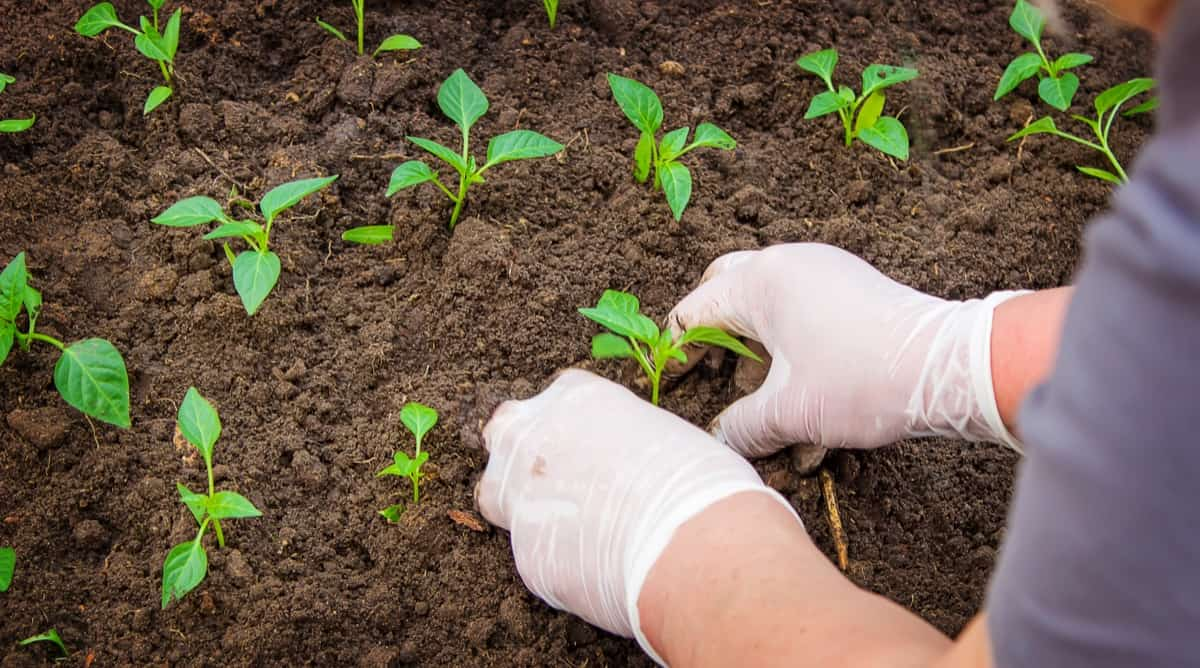
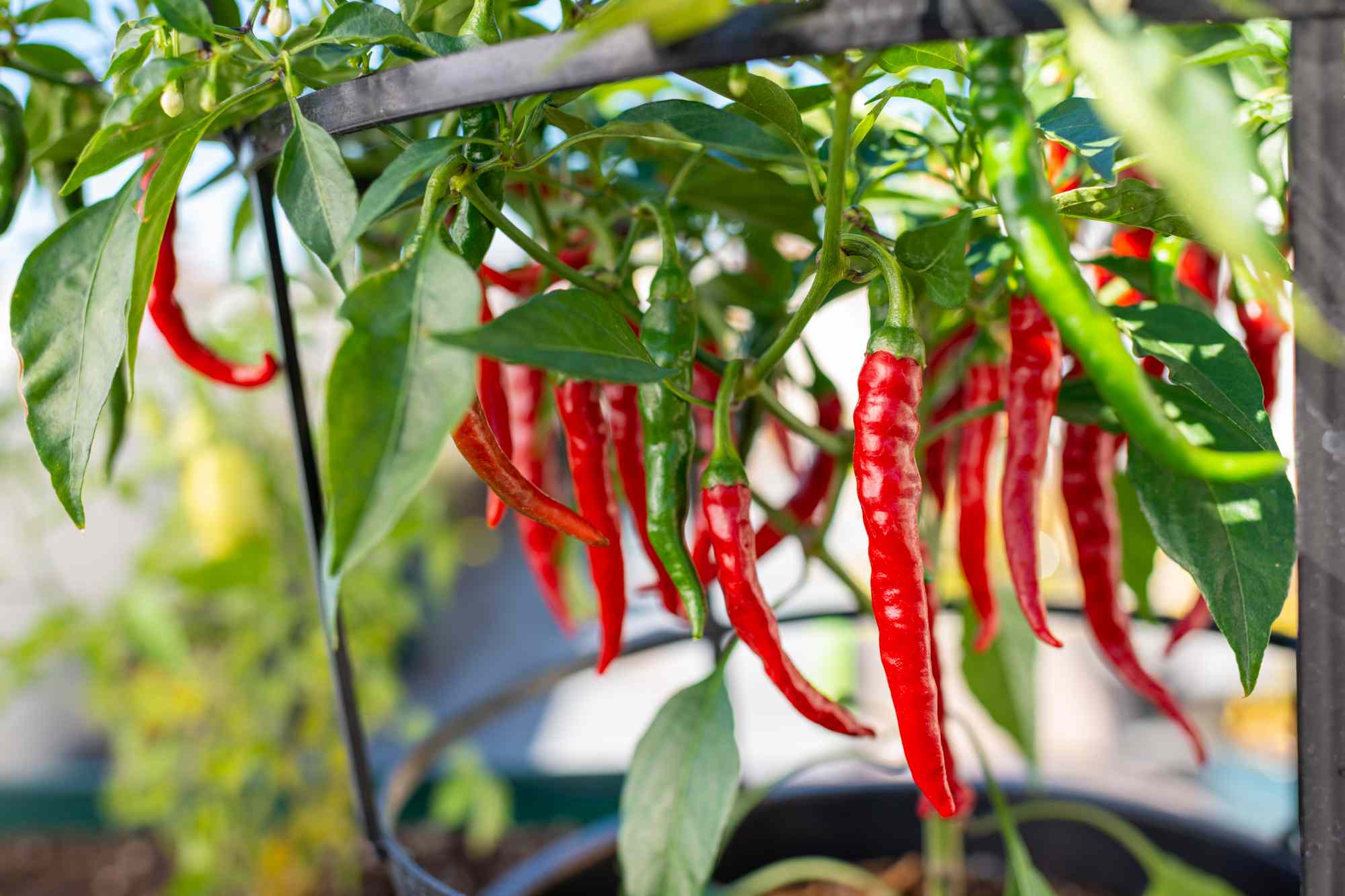
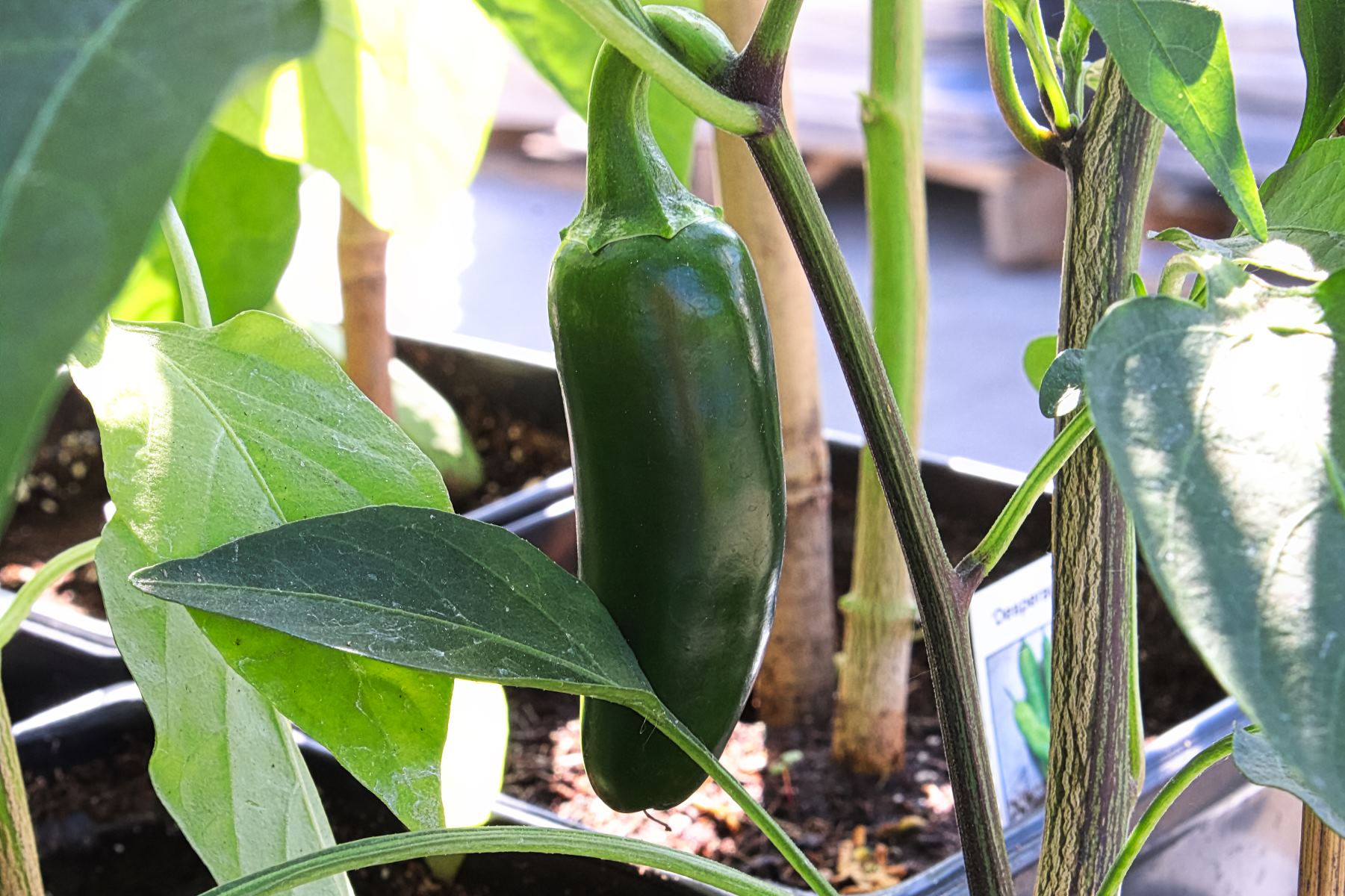
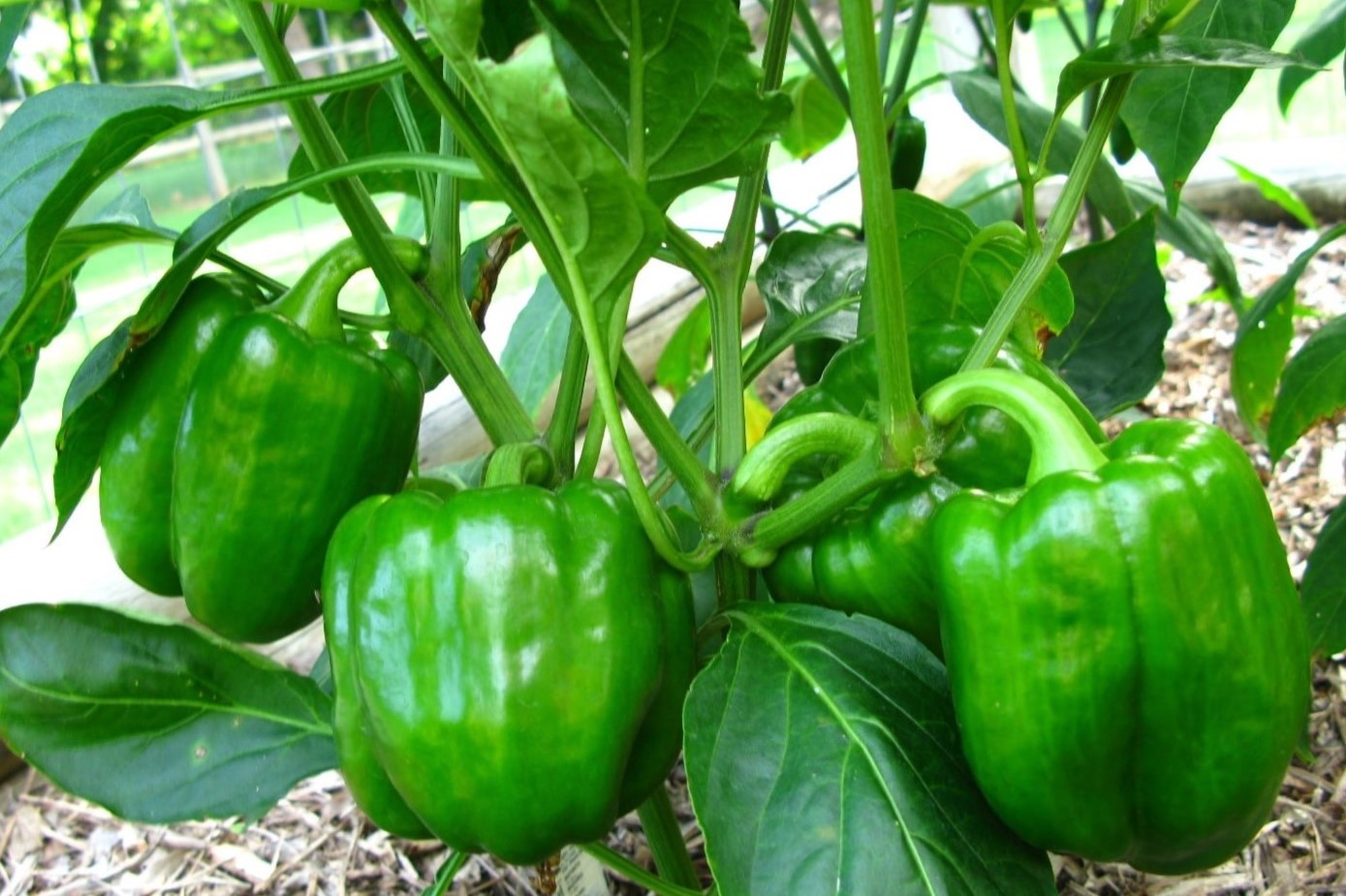
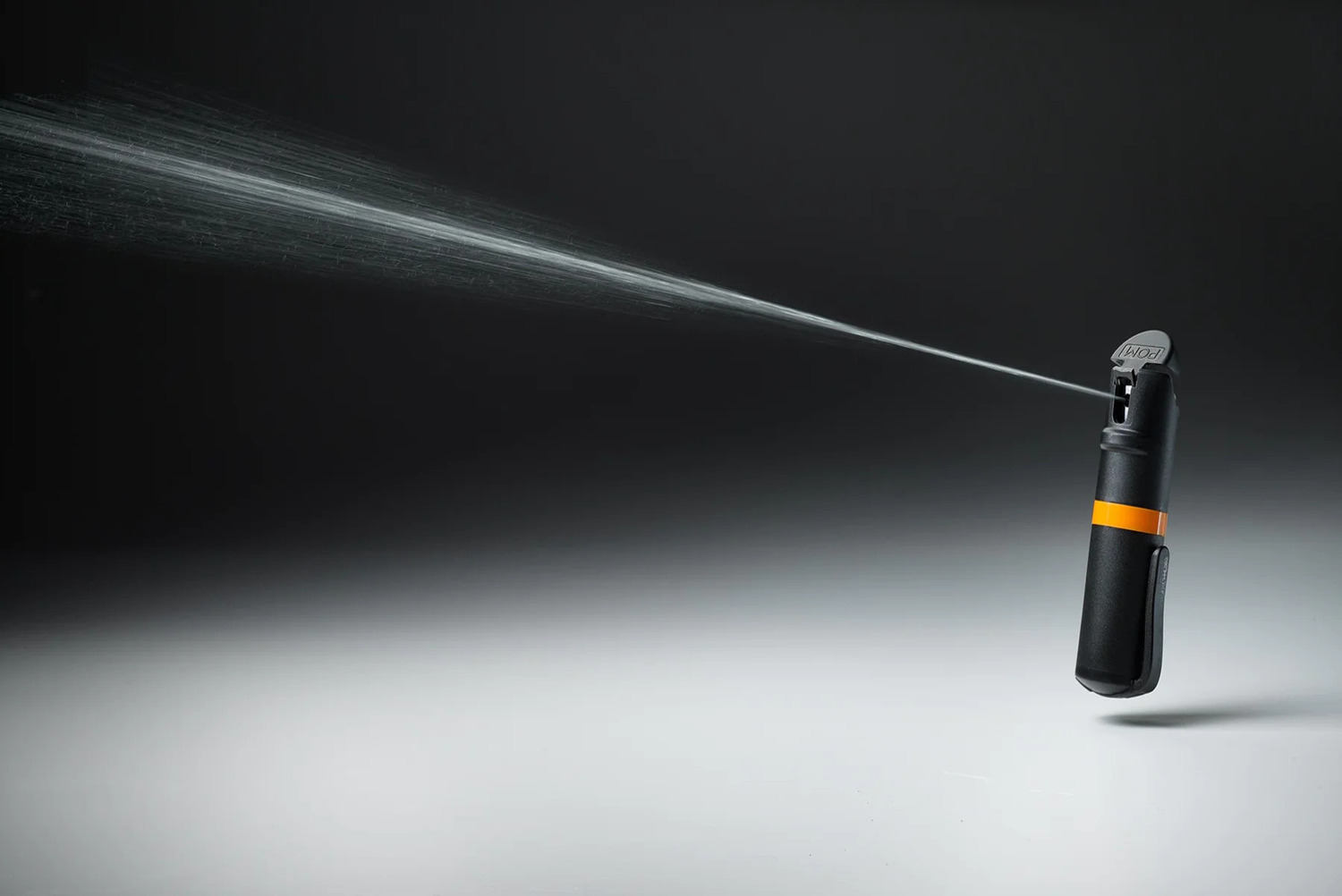
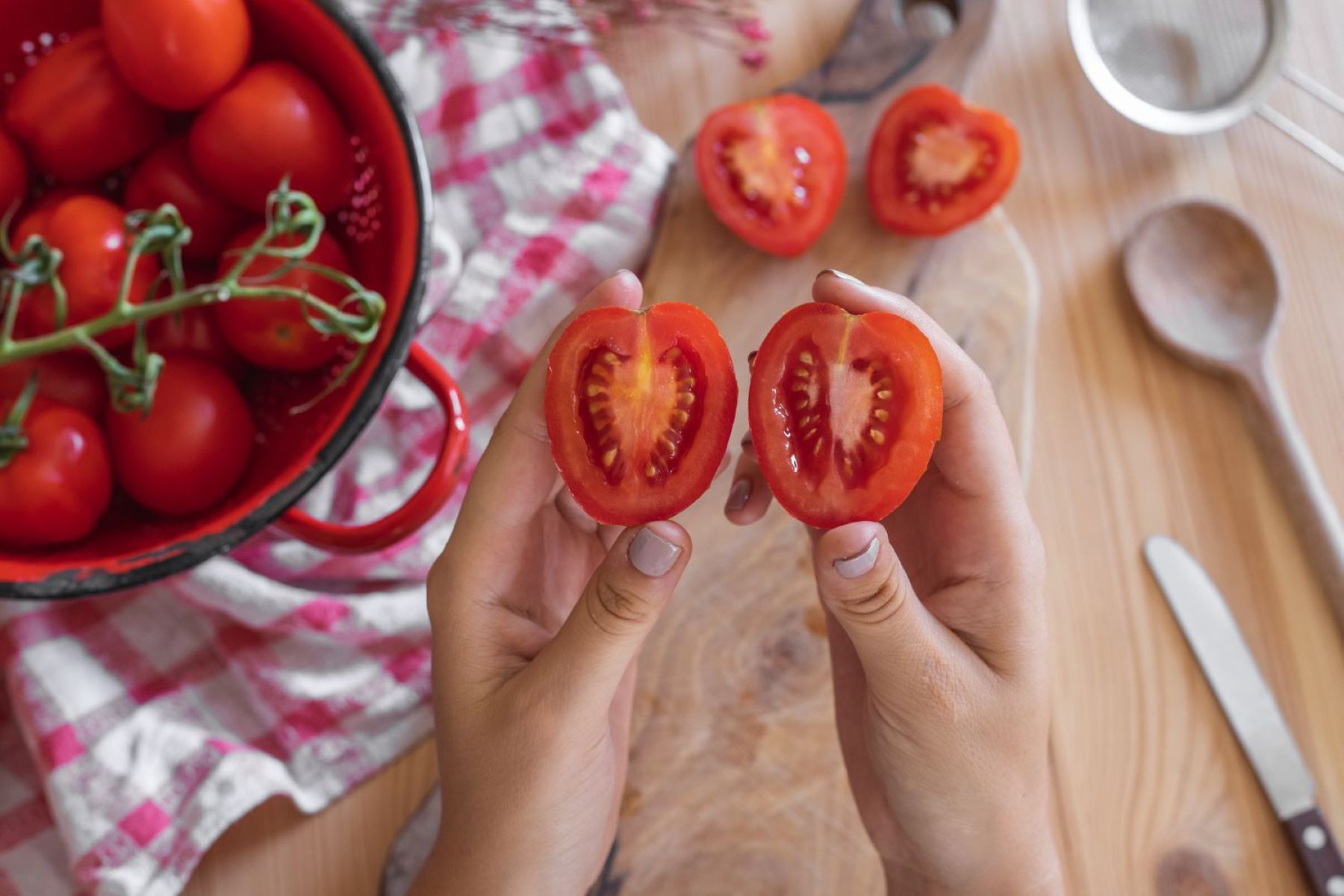
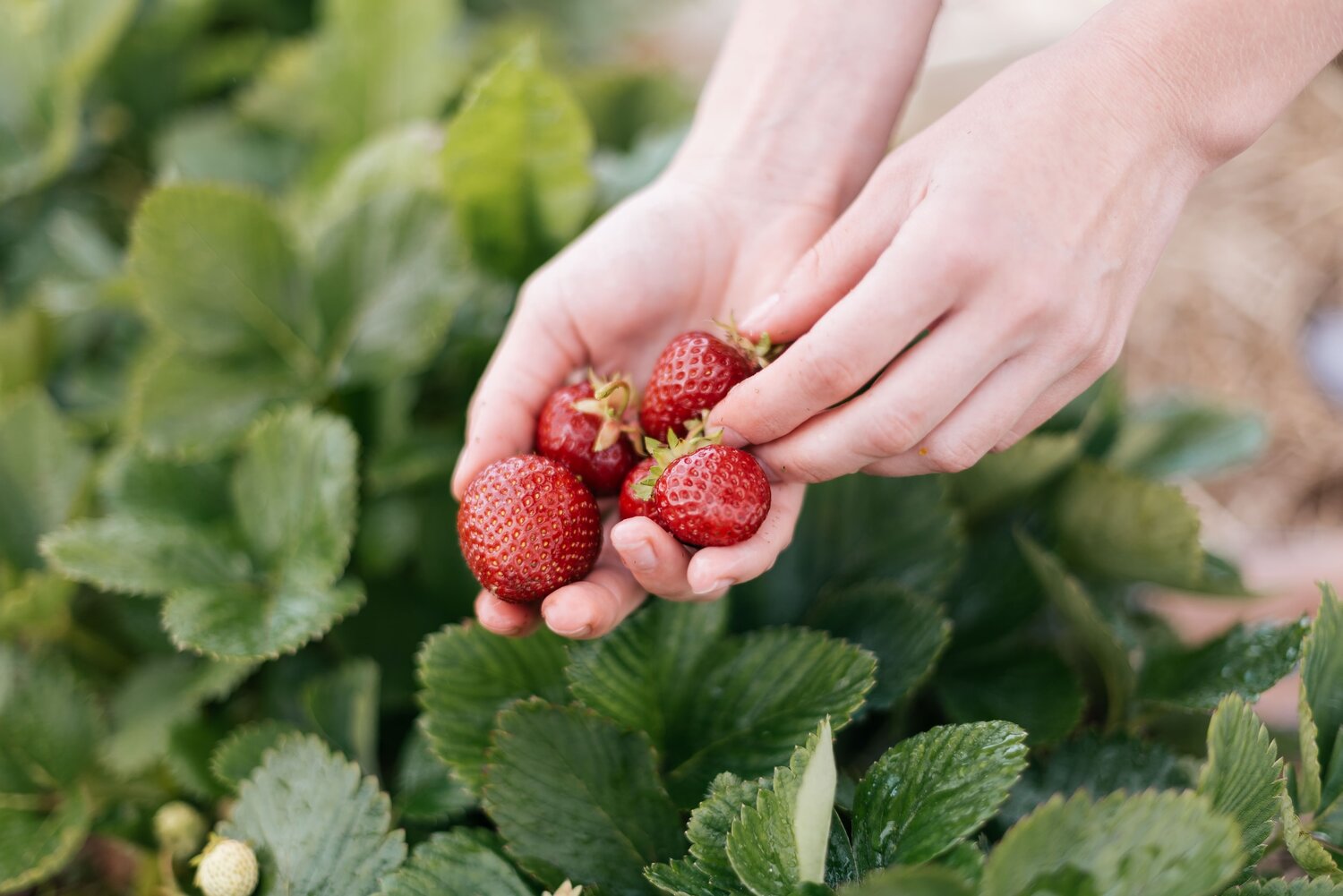
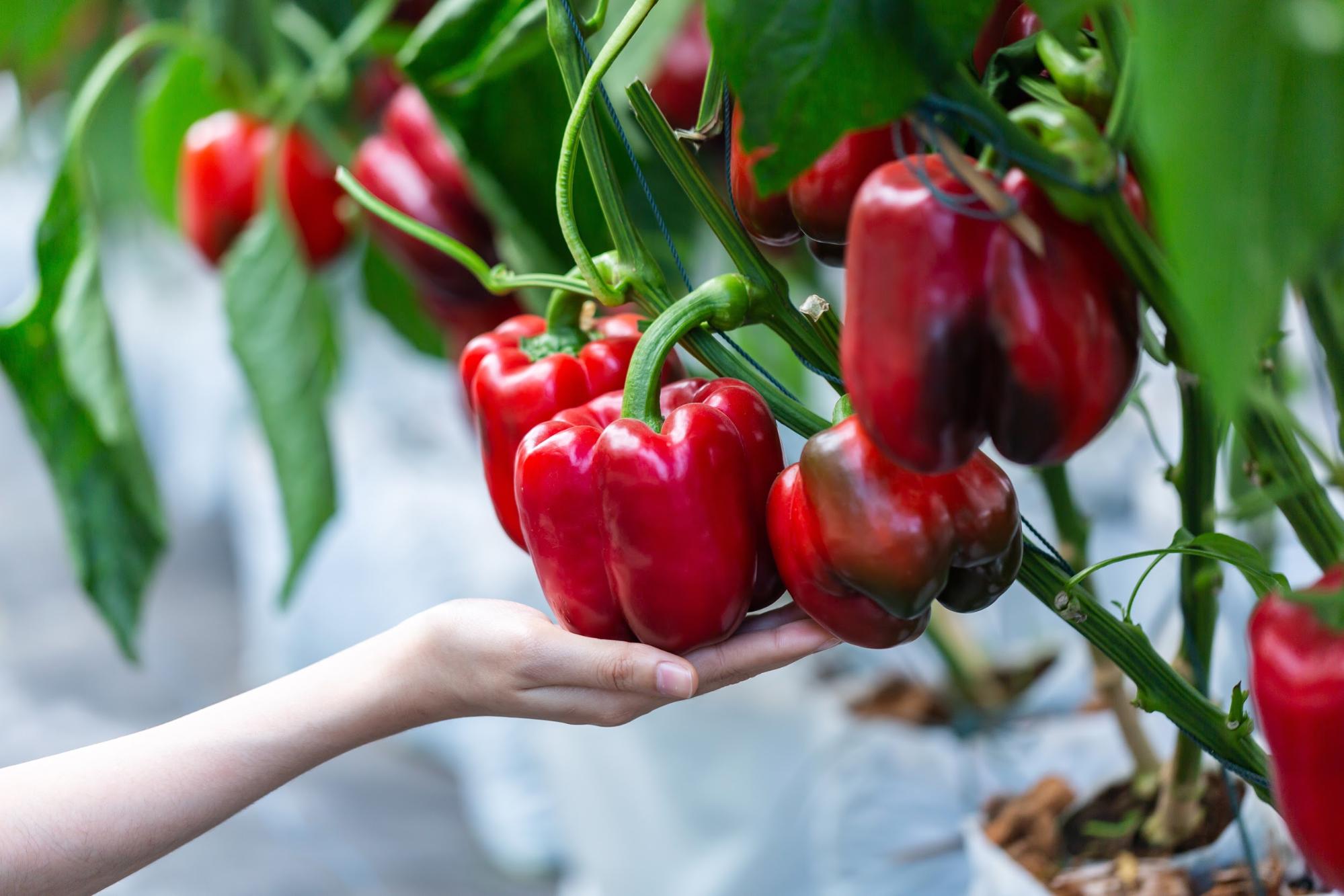
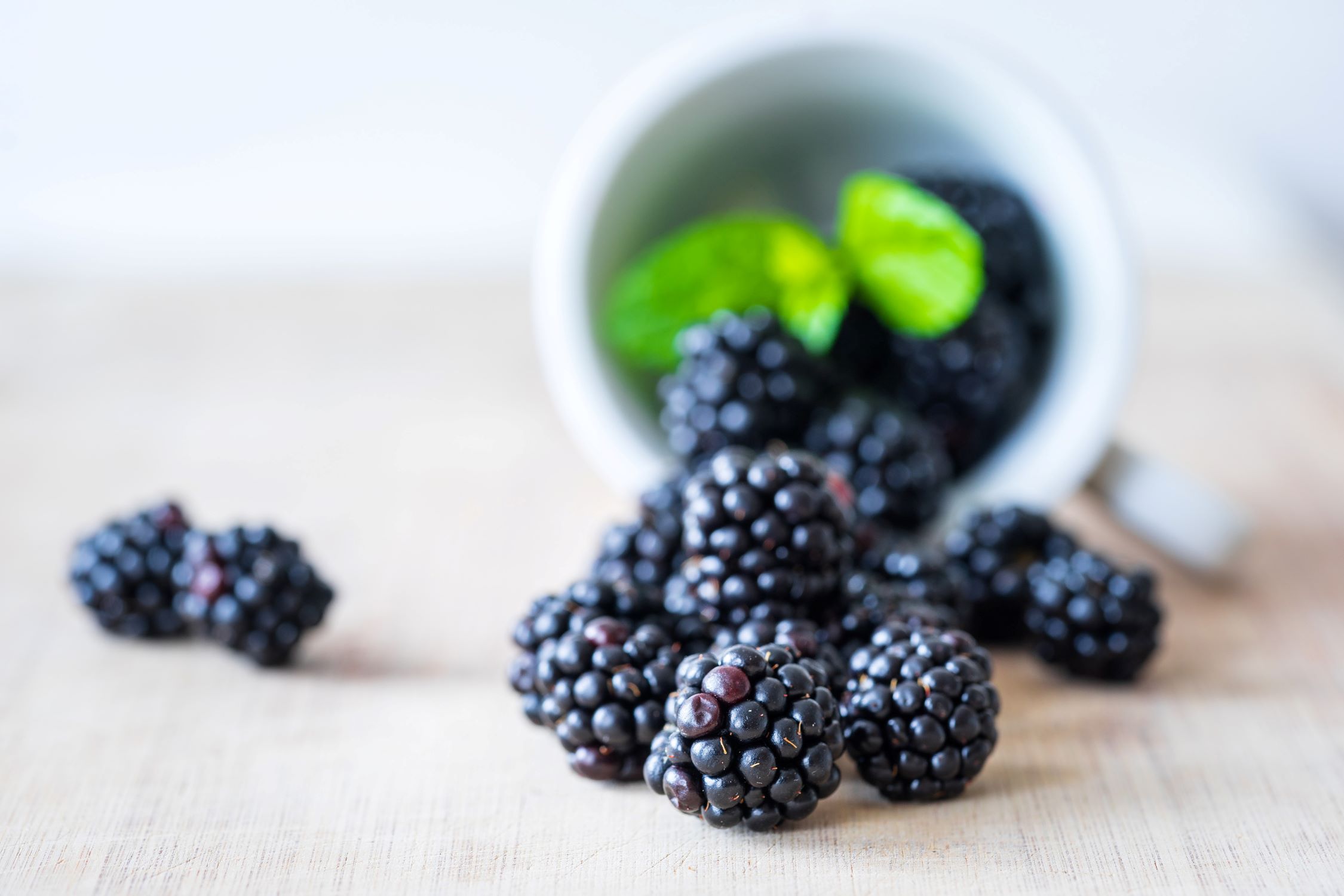
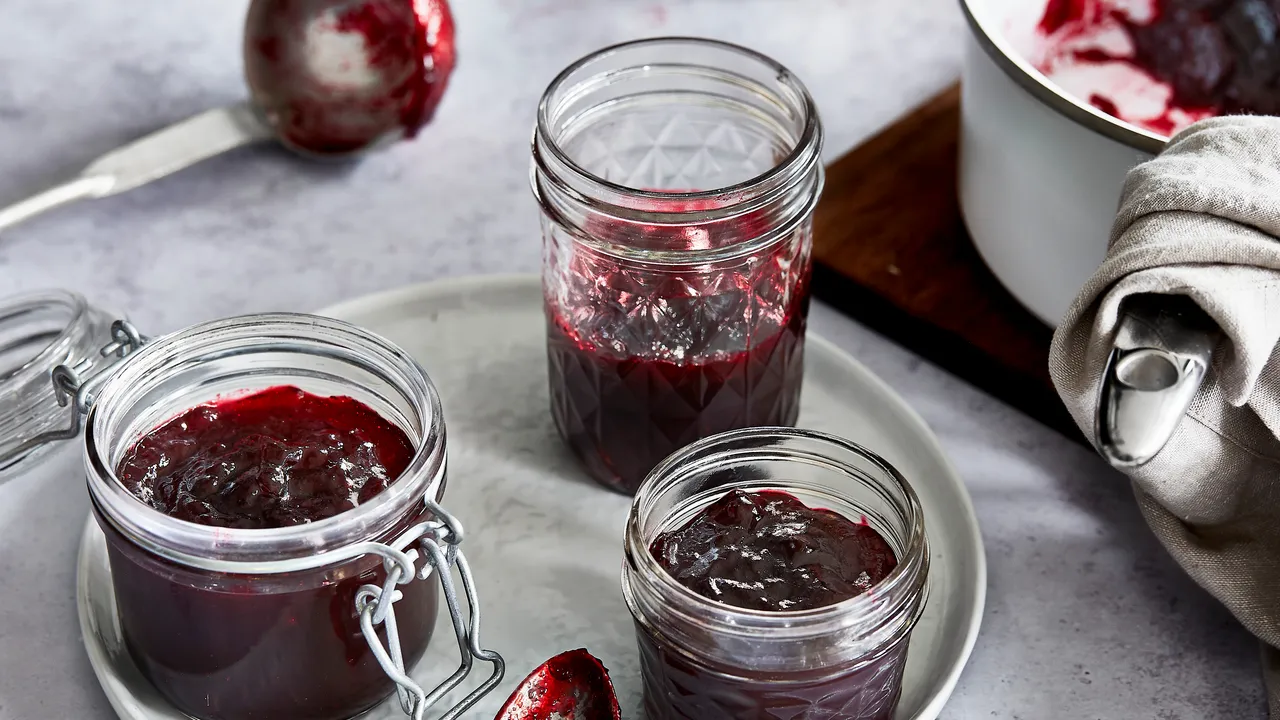
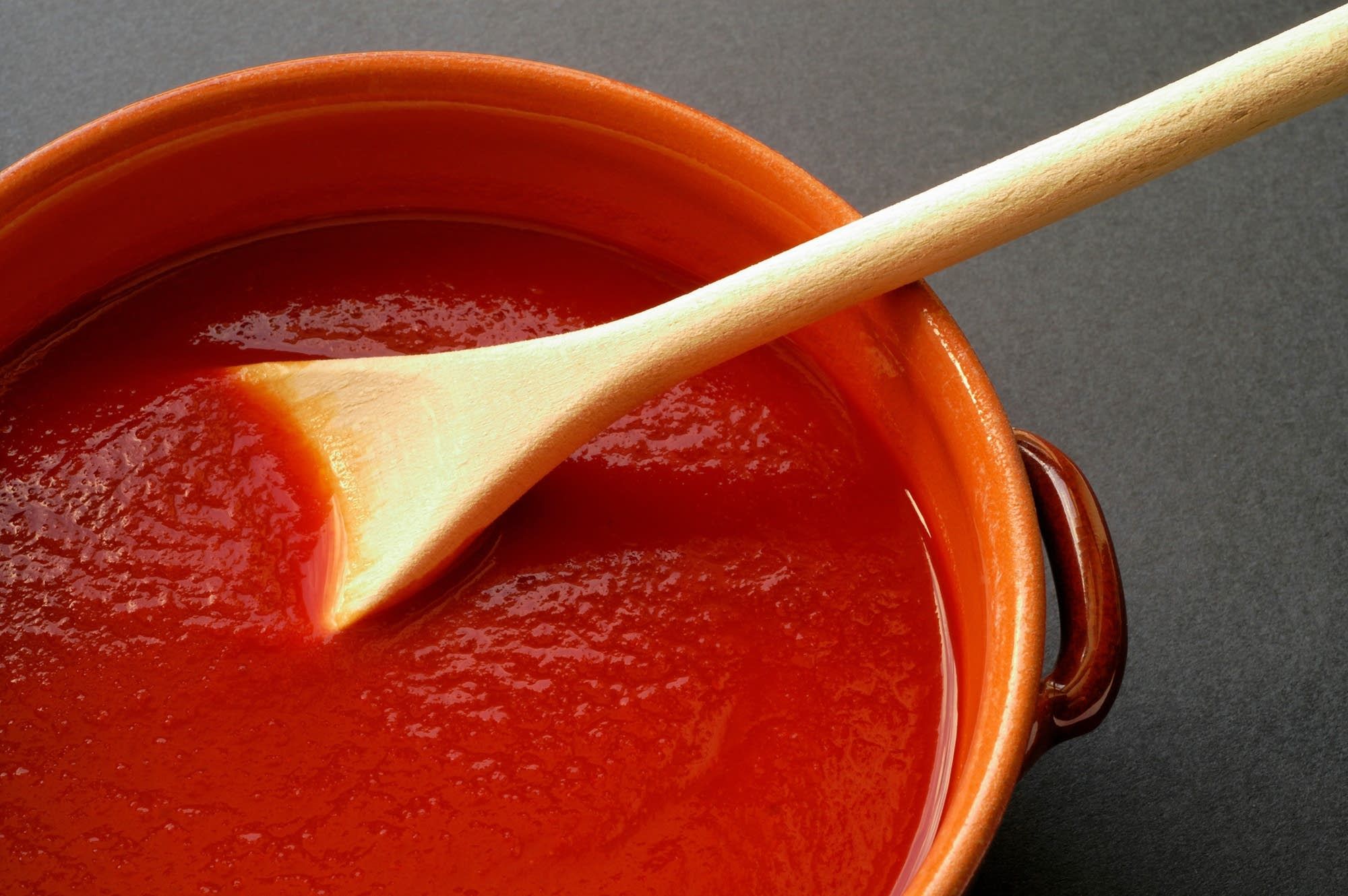
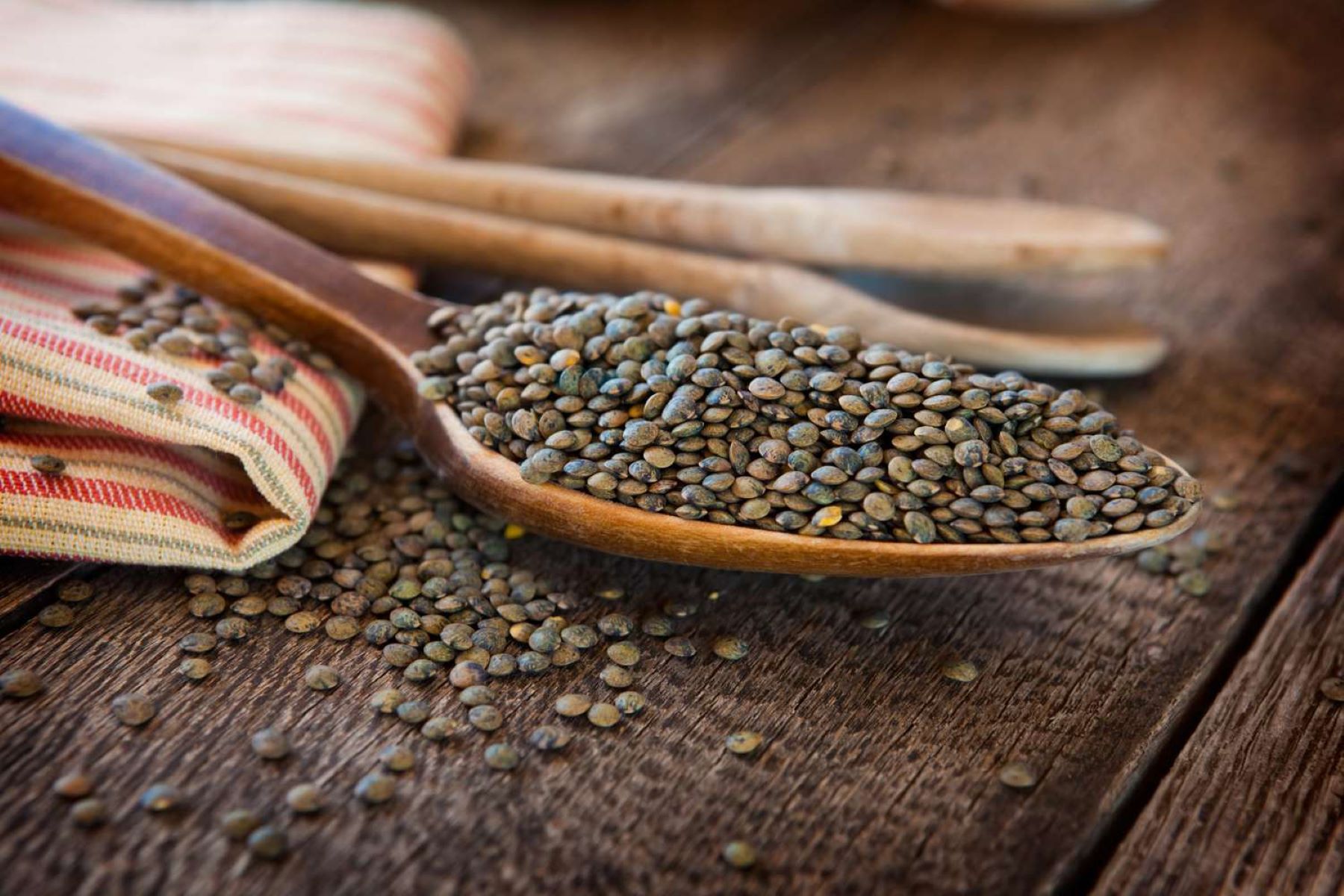
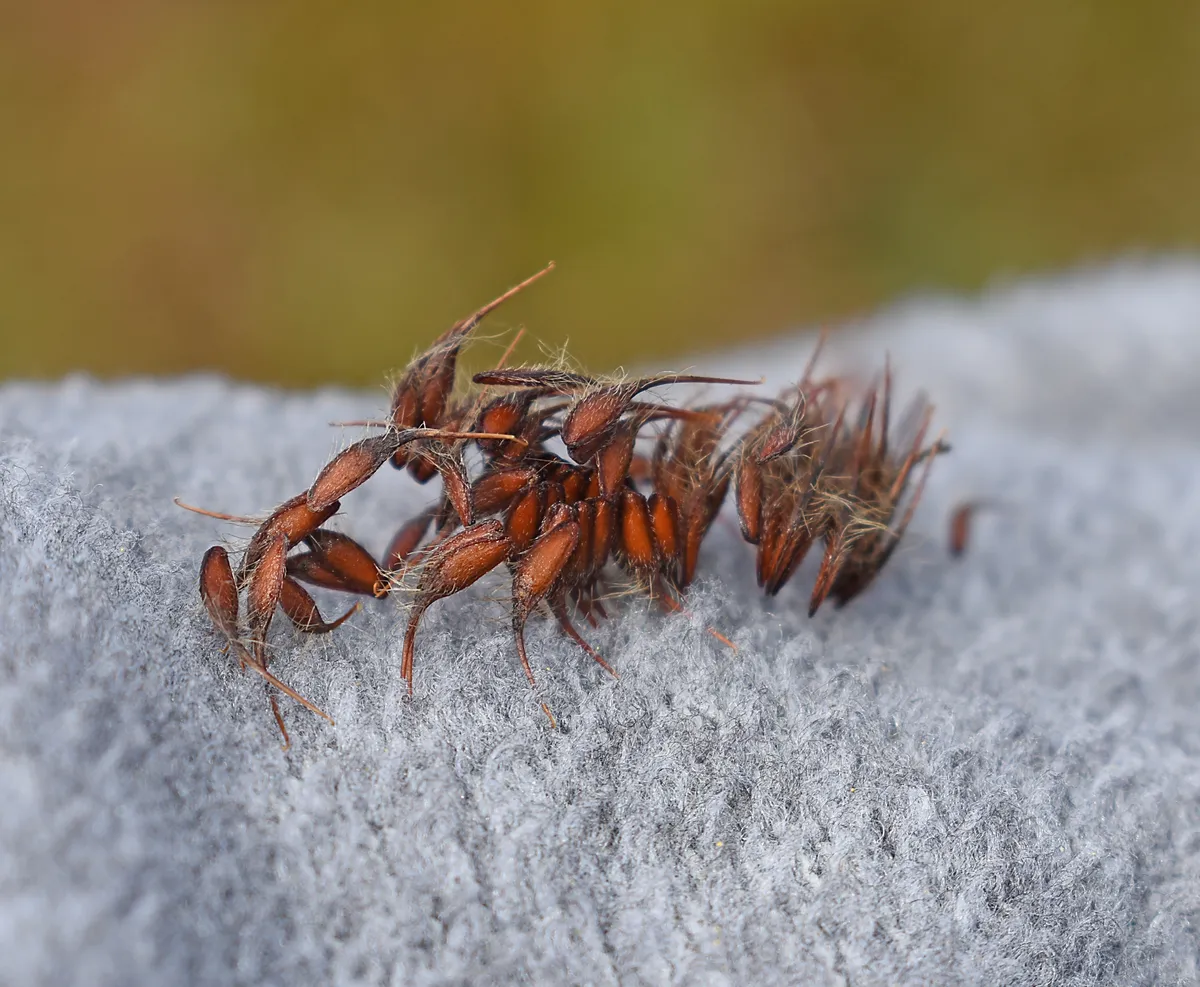

0 thoughts on “Why Remove Seeds From Peppers”